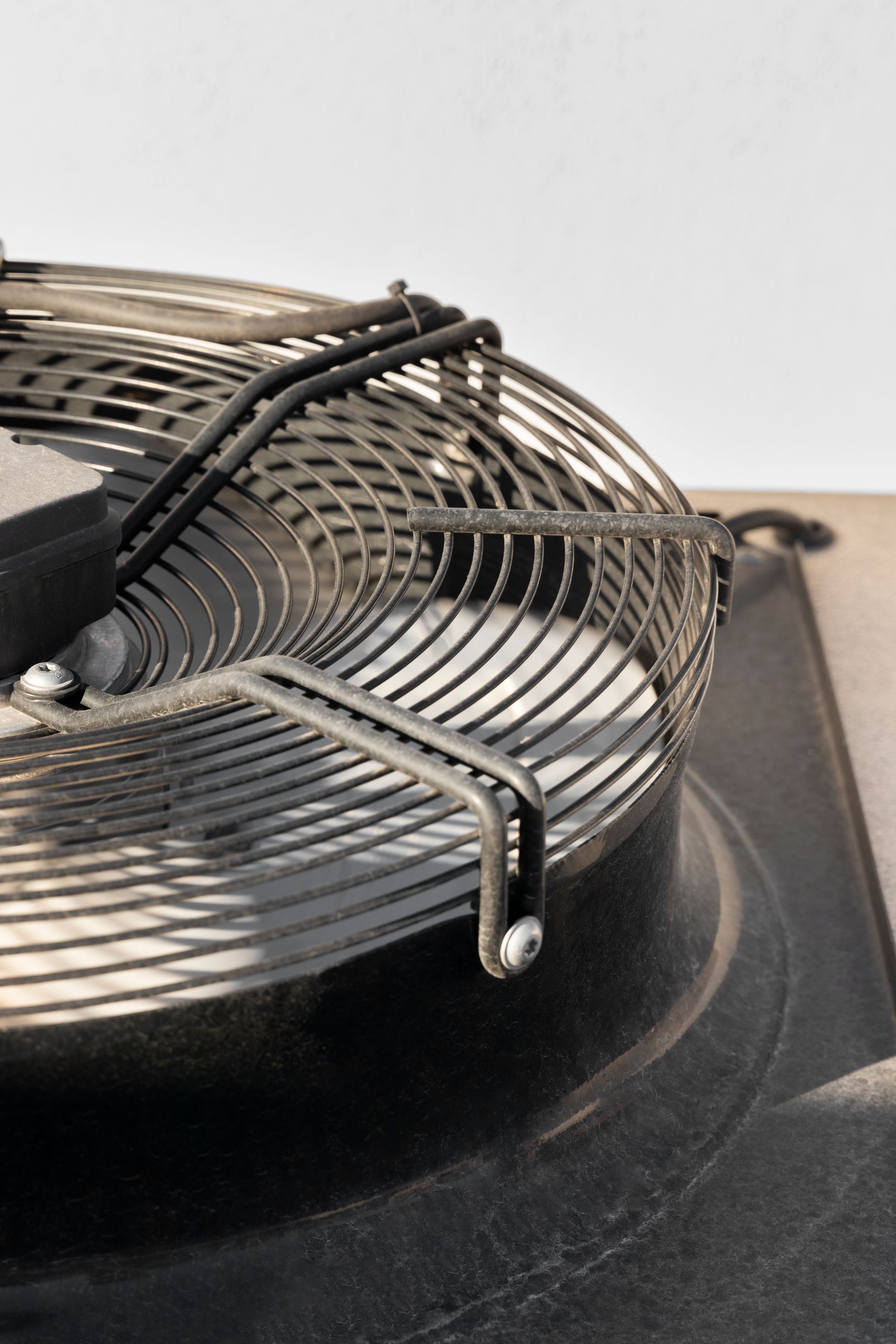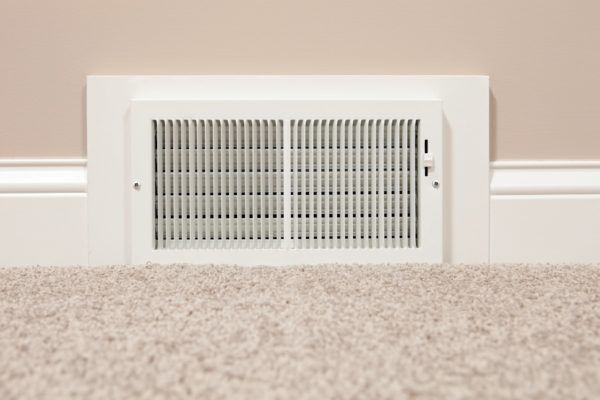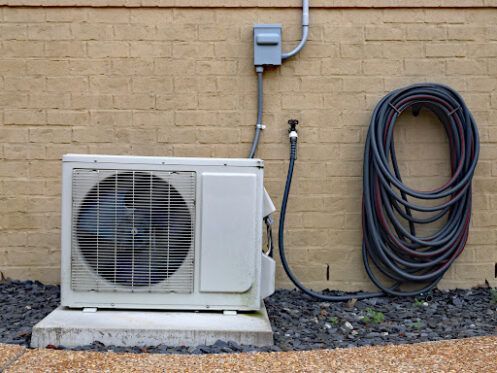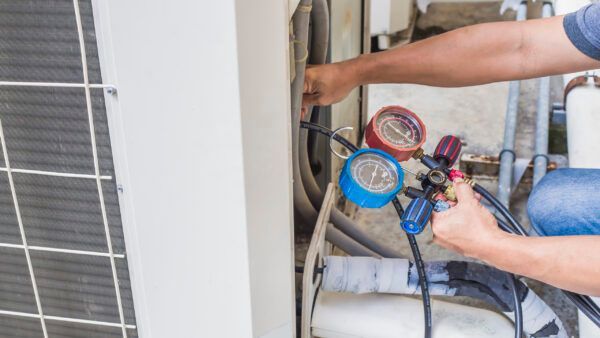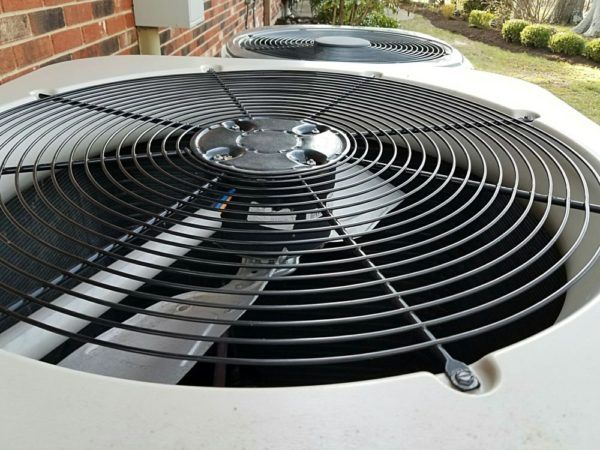What Are the Most Common Indoor Air Pollutants?

Slide title
Write your caption hereButton
You can’t see it, but you can smell polluted air. We spend a lot of time indoors, but the idea of indoor air pollution is easily dismissed, especially if you don’t have health problems. Unfortunately, the effects of poor indoor air quality can show later after months or years of exposure, like cancers. However, other indoor air pollutants show effects shortly after exposure, like sneezing and frequent headaches. It’s wise to know some common indoor air pollutants to improve your indoor air quality and make your home comfortable.
COMBUSTION PRODUCTS
Combustion happens when fuel sources like gas and wood-burn. The process creates various combustion products that can pollute your indoor air. Particulate matter, carbon monoxide, and nitrogen dioxide are common combustion products that can pollute indoor air. Some common sources of combustion products in your home could include fireplaces, kerosene heaters, improperly ventilated wood stoves, and poorly maintained gas stoves.
BIO-ALLERGENS
Bio-allergens are another common indoor air pollutant that can trigger allergic reactions. Some common bio-allergens may include cat antigen, dust mites, cockroach antigen, and molds. You are likely to find dust mites in pillows, old books, stuffed animals, and carpets. Mold is common in moist areas and parts with low ventilation. Possible causes of mold indoors include damp basements, water-damaged walls and roofs, and accumulated water in plant pots.
Volatile Organic Compounds (VOCs)
Volatile organic compounds are common in homes with poor ventilation. They are gases produced from some liquids and solids. VOCs can originate from common household products like cleansers, paints, moth repellants, wood preservatives, disinfectants, and pesticides. They can have long and short-term effects on your health, such as throat irritation, headaches, and nose and eye irritation.
Radon
You cannot smell nor smell radon. Unfortunately, this indoor air pollutant can expose you to lung cancer. You can tell if you are exposed to radon through testing. It’s wise to hire a qualified technician to test your indoor air for radon.
Managing and eliminating these indoor air pollutants requires a professional. You can rely on our qualified and experienced experts to help you with that. Phoenix homeowners can also rely on us for
indoor air quality assessments, evaporative cooler support, commercial and residential
air conditioning services, and heating repairs and replacements. To learn more about indoor air pollutants, contact Xtreme Air, Inc. today.
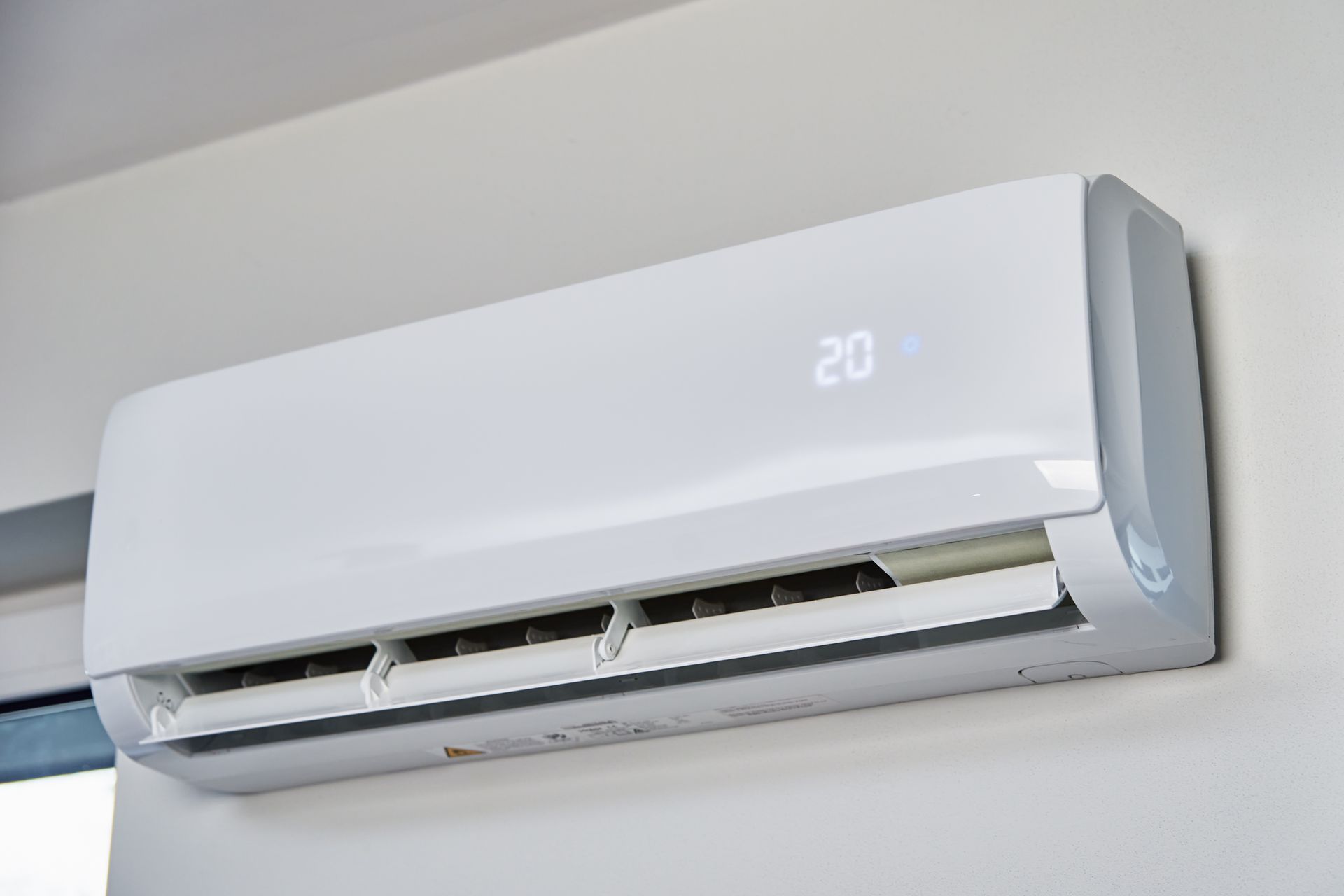
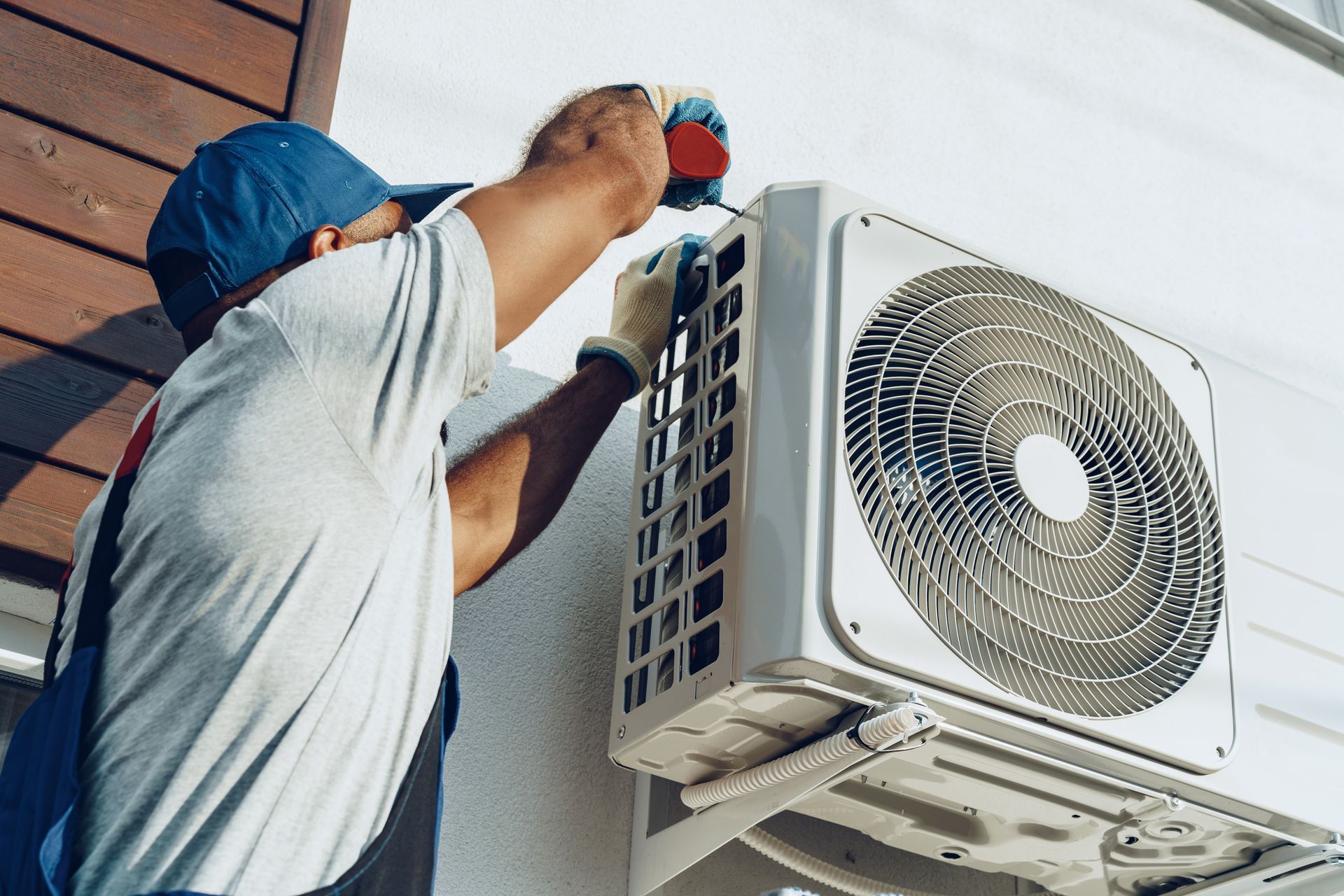
QUICK LINKS
Contact Information
Phone: (602) 296-4932
Address: 21421 N 11th Ave #6
Phoenix, AZ 85027
We Accept These Payments:


Copyright © 2024
Xtreme Air, Inc., All Rights Reserved.


